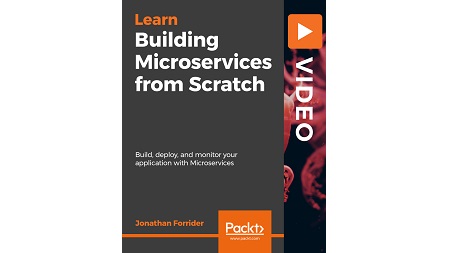
English | MP4 | AVC 1920×1080 | AAC 48KHz 2ch | 2h 29m | 581 MB
Build your app using the microservices architecture with SaaS and DaaS. Test and monitor its performance using modern tools
If you want to move away from the old method of application development to the new and dynamic microservices way, then this course is for you. Microservices is a way of breaking large software projects into loosely coupled modules that communicate with each other through simple APIs.
In this course, you’ll walk through a step-by-step microservices approach that splits up the application into its functions via microservices and third-party plugins. You’ll see how microservices talk with each other via APIs and are all independent of each other irrespective of the language. These components will be built and tested to function as a standalone component.
You’ll learn how microservices takes the core application and duplicates it into multiple running versions, using a load balancer bringing the performance of the app up to the service expectations.
By the end of the course, you’ll be able to develop, test, and monitor your applications with the microservices approach.
A step-by-step easy-to-follow approach explaining each section and feature in detail. You’ll be taking one application and converting it, which means you’re not pushing for multiple applications to be built, but one done two different ways, monolithic and microservices, to highlight the differences between the two approaches.
- See the differences between monolithic and microservices
- Break up a medium/large application into multiple smaller functions
- Use APIs to share data across different functions
- Different types of microservices such as third-party plugins SaaS and Daas
- Understand terminologies such as SaaS, DaaS, and APIs and what they mean
- Test the application with tools such as JMeter and Gatling
- Monitor the application’s performance to bring it up to the service requirements
Resolve the captcha to access the links!